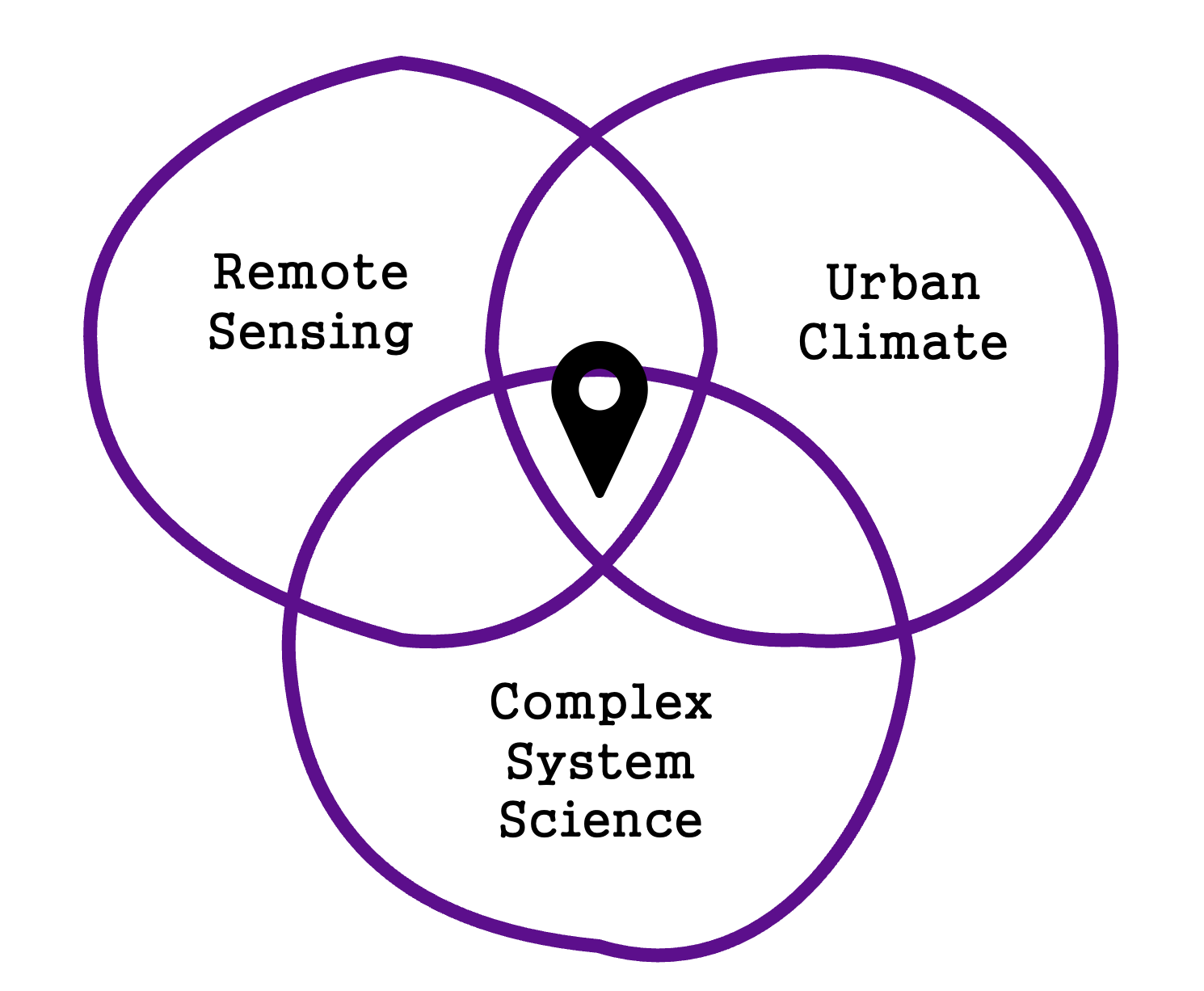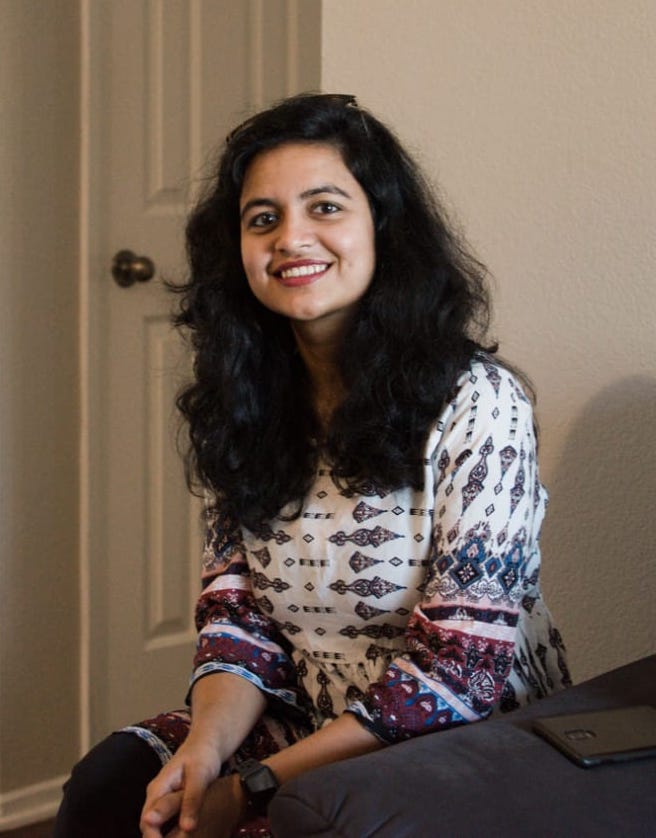
Cities, situated at the crossroads of rising temperatures and growing populations, bear the brunt of climate change and must adapt to the new normal of extreme weather impacts. Among the most dangerous of these hazards is extreme heat, which continues to intensify in frequency, severity, and duration. Today, we face both a crucial responsibility and a unique opportunity to implement urban design interventions and adaptation strategies that will equip cities to withstand the impacts of climate change in the coming century. Our lab focuses on exploring innovative urban design and climate adaptation strategies to combat the growing threat of extreme heat, especially in rapidly developing cities.
Ongoing research directions
| Can improved urban spatial design mitigate extreme heat? We investigate how the spatial distribution of heat sources (e.g., factories, densely built areas) and heat sinks (e.g., parks, wetlands) interacts within a city’s thermodynamic network. By modeling heat flows and interactions using complex network techniques, we aim to identify the most vulnerable urban regions and allocate heat mitigation resources effectively. |
| How effective are urban cooling solutions? We model the impact of urban morphology (e.g., building heights, cool streets, green infrastructure) on local temperatures and explore their potential to reduce urban heat. Using advanced modeling tools like the Weather Research and Forecasting (WRF) model combined with remote sensing data, we simulate and evaluate various cooling strategies to inform better urban planning. |
| How does rapid urban growth intersect with extreme heat? In rapidly urbanizing areas, such as cities in India, the emergence of extreme heat is intensifying, yet global climate models often fail to capture the intra-urban variability of heat exposure. Our lab seeks to address these gaps, focusing on the intersection of urban growth and climate extremes to better protect vulnerable urban populations. |
By integrating urban design, advanced modeling techniques, and spatial data analysis, our lab aims to contribute to more resilient, sustainable cities.
